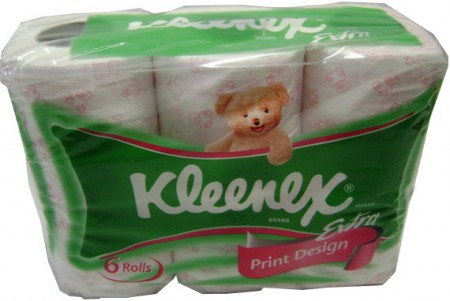57 Meditations on Kicking @$$ in Business and Life"4.8/5 stars" on Amazon
5 Basic Rules To Consider Before Naming Your Product
Tweet CommentI re-read the must-read marketing book Positioning: The Battle For Your Mind (#13 on my 20 Best Business Books Of All Time list) over the summer.
It inspired this simple list of naming tips (which I think is a good foll0w-up to 5 Tips On How To Name Your Brand To Be As Dominant As Kleenex).
How To Name A Product: 5 Basic Rules To Consider
1) Include Your Prospect’s Major Benefit (Or Pain & Urgency)
Close-Up Toothpaste shows a clear benefit about making your teeth look better.
Shake ‘n Bake (for cooking chicken) tells you the two simple steps — you shake (the herbs) and you bake (the chicken) — to make tasty chicken.
You may also consider the pain or urgency that your customer has.
For example, if you have dandruff and you want to address the flakes on your shoulders as well as shampoo your hair, Head & Shoulders shampoo is a darn good name.
2) Be Almost, But Not Quite, Generic
Microsoft names its product because it focused on “micro”-computer “soft”ware.
Kentucky Fried Chicken is self-explanatory. People Magazine is pretty good too.
But don’t go too generic, warns the book Positioning: “Lite” beer from Miller was the industry leader but it lost its brand positioning when other beers co-opted the name (Bud Light, Coors Light, etc.).
The law sided with those competitors since “Lite” is generic and so similar to “Light” (as in opposite of heavy).
No comments yet | Continue Reading »
Saturday, February 12th, 2011
The Best Examples of Alliteration in Business, Brands & Other Stuff
Tweet 28 CommentsI was intrigued when I noticed that at least 10 of the The Top 100 Synonymous Genericized Brands I posted included alliteration: brands like PowerPoint, RotoRooter, Google and Armor All.
What is alliteration?

The Most Alliterative Man On Earth? (Jesse Jackson is alliterative in speeches, has alliteration in his name and likes to attend Million Man Marches)
The definition of alliteration is repeating the same sound in two or more words in close succession, such as:
“She sells sea shells by the sea shore.”
Alliteration is widely accepted in the research/scientific community as a tool to enhance memory.^
While alliteration in such toungue-twisters (there are also many in poems and songs) is fun — I’ve been thinking about alliteration in business and brands lately.
So, I’ve compiled a list of examples of alliteration used for commercial purposes (e.g. company names, products, real-life and fictional personalities and even fruit, sayings and other stuff).
Retailers
- American Apparel
- Bed, Bath & Beyond
28 comments so far (is that a lot?) | Continue Reading »
Wednesday, February 9th, 2011
5 Tips On How To Name Your Brand To Be As Dominant As Kleenex
Tweet CommentHow do you create a “Kleenex”-like brand that is synonymous with its product category?
After I crafted The Top 100 Colloquial Brands, I came up with some observations about these brands that might be good tips for you to use to name your brands.
Enjoy!

5 Tips On How To Create A Colloquial/Genericized Brand
1) Use Alliteration
Top brands use alliteration, which is typically defined as using the same sounding first syllable sequentially. Examples of alliteration in the …
